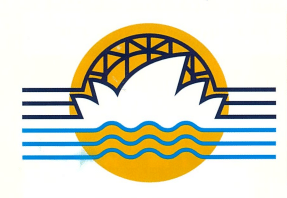This decade was highlighted by the World Congress, unprecedented
advocacy directly with Federal Ministers and an effort to improve the
public’s understanding of the role of anaesthetists.
The World Congress

This decade saw the largest medical congress in Australia hosted in Sydney, the World Congress of Societies of Anaesthesiologists in 1996. With 10,000 attendees, it left an indelible mark on the ASA’s legacy, generating a surplus that fortified the society for the years to come.
Elevating Public Relations
Public relations took centre stage to increase awareness of the vital role of anaesthetists in Australia. Initiatives like Informed Financial Consent, the creation of patient information brochures, and the introduction of a National Anaesthesia Day became a symbol of the ASA’s commitment to shaping an informed perception of the profession.
Advocacy for the Profession
The ASA’s persistent advocacy efforts led to a number of successes for the profession including the integration of the Relative Value Guide into the Medicare Benefits Schedule. These efforts also led to improved payments for anaesthetists caring for veterans and a significant 50% increase in the Australian Medical Association suggested anaesthesia fee.
Navigating Medical Indemnity
As medical indemnity challenges surged in the early 2000s, the ASA actively engaged, playing a pivotal role in negotiations with the government, insurers, and legal entities to address the escalating crisis.
Restructuring for Future Success
In 1998, the ASA underwent a significant restructuring, replacing the Executive Committee with a Federal Council. This shift, coupled with strategic headquarters expansions, paved the way for continued growth, reflected in increased membership and financial stability.
